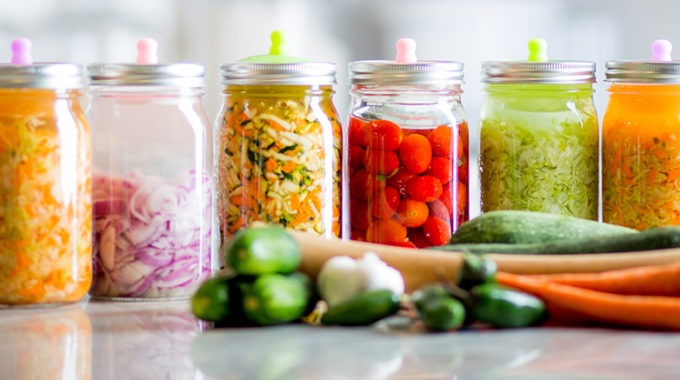Fermented foods for better health
Fermented foods are so in right now, and it’s not just because fermenting is a tasty and easy way to reduce food waste. Fermented foods are also incredibly good for you. But not all fermented products that you see on the shelves are the real deal, so we’ve checked in with a couple of experts to give you the lowdown on what to look for, plus some great advice on how to start fermenting your own food at home.
“Fermenting a food boosts its nutrition because it makes it more easily digestible,” explains Susan McLeod, a nutritionist and lecturer in Human Nutrition at La Trobe University. “Think of it as the fermentation process pre-digesting the food for you. That makes it easier for our digestive system to absorb more nutrients.”
But the most important health-giving element of fermented foods is the probiotics they contain. These are live bacteria that do absolute wonders for your gut.
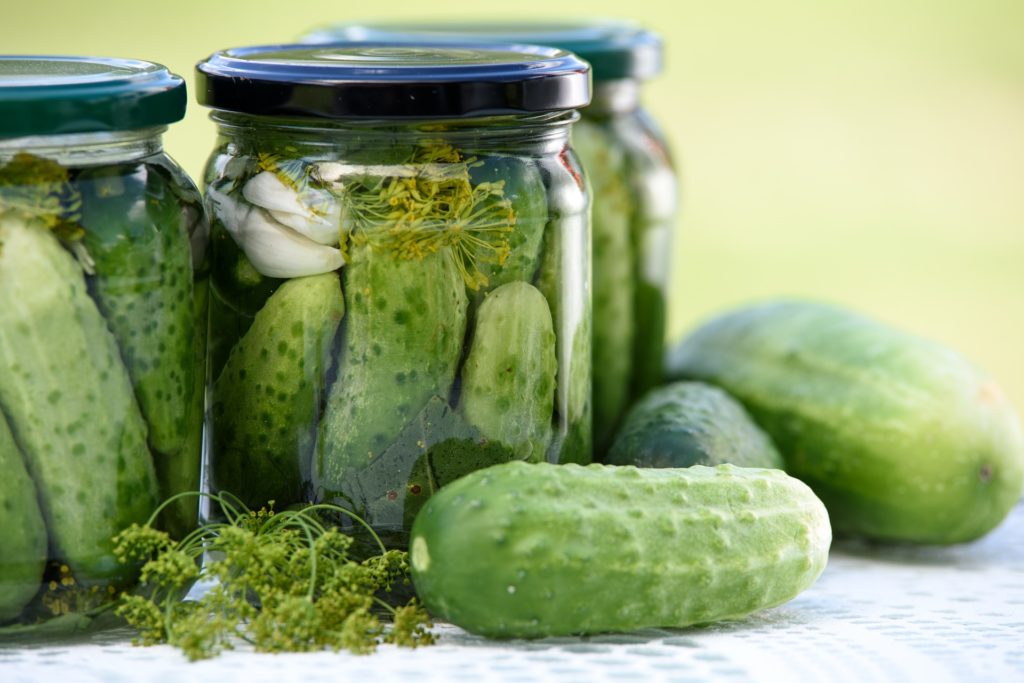
Getting the balance right
“We all have bacteria in our gut, both good and bad,” McLeod says. “The goal is to have a healthy balance of good and bad bacteria in our gut. By consuming probiotics, we’re increasing the number of good bacteria in our gut. That’s feeding our gut microbiota [the trillions of microorganisms that live in our digestive tract] and keeping us healthy.”
Research on probiotics and the microbiota has exploded in the past few years. The more that scientists are discovering about the importance of a healthy gut, the more they’re realising how much there is yet to learn.
“We know that our gut microbiota is linked to mental health, type 2 diabetes, irritable bowel syndrome, and many other conditions,” says McLeod. “Having an imbalance in our gut can cause problems in those areas. But having a good balance – making sure that we’ve got the right microbes in our gut by eating the right foods – can actually help us maintain health and attenuate some of those health problems.”
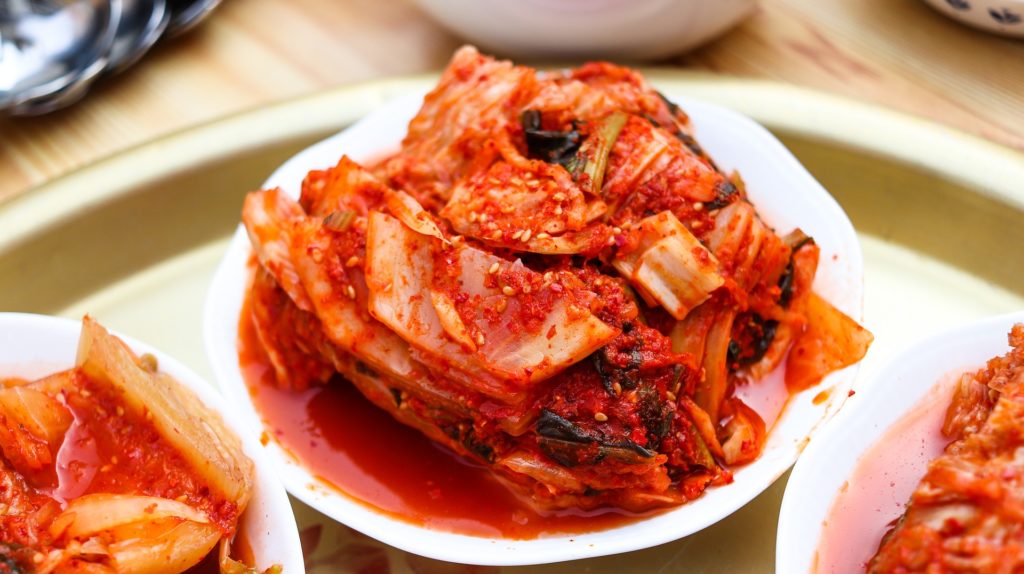
What to look for when buying fermented foods
When it comes to choosing the right fermented foods on the supermarket shelves, there are a few things you need to look out for, McLeod says.
“If you go to the supermarket and look at all of the pickled veg on the shelf, some of them are fantastic fermented foods,” she says. “But some of them are not fermented foods at all. The naturally fermented foods are the ones that have got those live organisms in them. But a lot of the pickles you see are just foods pickled in vinegar. They don’t contain any live microorganisms, so they’re not going to give you those probiotic benefits.”
McLeod advises that you should look on the product’s label for words like “naturally fermented” or “contains live bacteria”.
“Also, when you open the jar, look for those little bubbles,” she says. “They’re telling you that there are live organisms in that product, and that’s what you want.
“Apple cider vinegar is an excellent example. Have you ever had apple cider vinegar with a cloudy substance in it? That’s what you want. It’s called the ‘mother’. That’s the live organisms in there, the probiotics. When you see those clear bottles of apple cider vinegar? They’ve been filtered, and that means they’ve filtered out all the good stuff.”

The kombucha craze
Then there’s kombucha. A couple of years ago, if you went to the supermarket and asked someone for it, they would have no idea what the hell you were talking about. Now there’s almost an entire aisle’s worth of the stuff.
“A lot of people talk about the sugar levels in kombucha,” McLeod says. “But in order to make it you actually need sugar. The yeast consumes the sugar as part of the fermentation process. The amount of sugar that’s left in the kombucha after that fermentation process is dependent on how long it’s been fermented for.”
There are a couple of ways to pick a good kombucha, rather than one that’s really just a glorified soft drink. First, read the label for words like “naturally fermented”. Also check the sugar content on the nutrition panel.
“For a drink to be considered low sugar, it should only have 2.5 grams of sugar or less per hundred millilitres,” McLeod advises.
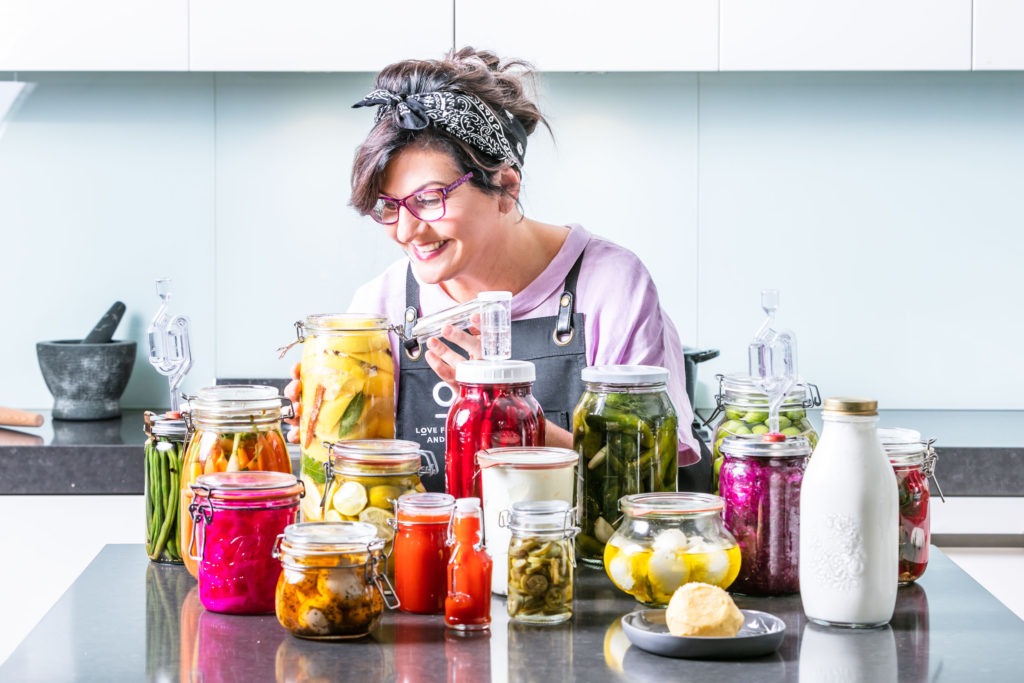
Fermenting foods at home
MasterChef contestant Mandy Hall is known as the “queen of fermenting”. She has been sharing her love of fermenting and pickling foods through her partnership with the Fight Food Waste Cooperative Research Centre campaign. But you don’t need to have MasterChef-level skills to ferment your own food at home. Quite the opposite, in fact.
“It’s a very simple process,” Hall says. “A sauerkraut is a really easy way to start. It’s cabbage, it’s salt and it’s time. That’s it. And that’s a really beautiful way to get started.”
You also don’t need any fancy equipment; all you need is a good strong glass jar or a crock.
“When you’re fermenting food, it’s important to be using strong glass. Some ferments create gases. If you put it in a fancy little decorative glass jar and forget about it, there’s a potential it could blow up.”
You can ferment pretty much anything you like. You can make your own fermented vegetables, fruits, yoghurt, sourdough bread… the sky’s the limit. But it’s also a great way to use up food that would otherwise go to waste.
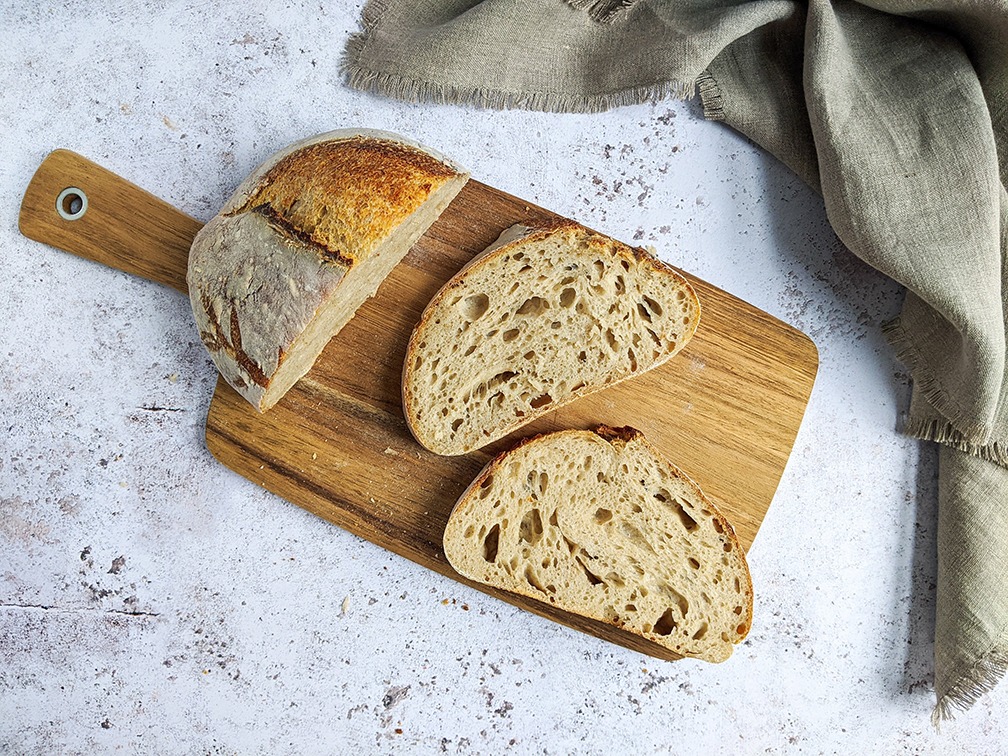
Three times the benefits
“If you look in the fridge and see you’ve got a bunch of carrots that’s not looking so great, you can ferment those and preserve their integrity,” Hall says. “But what you’re also doing is adding more life to it by creating an environment which wipes out any bad pathogens and encourages the growth of beautiful new live microbes.
“You’re literally eating a live food. You’re taking all the goodness that’s already there and you’re adding even more. You get the nutrition from the food, an incredible diversity of microbes, and you’re preserving the food. It’s like the triple whammy, really.”
The Fight Food Waste social media campaign is providing tips and tricks on Facebook and Instagram to help you reduce food waste and save you money. You can also find more advice at the new Fight Food Waste CRC content hub.


